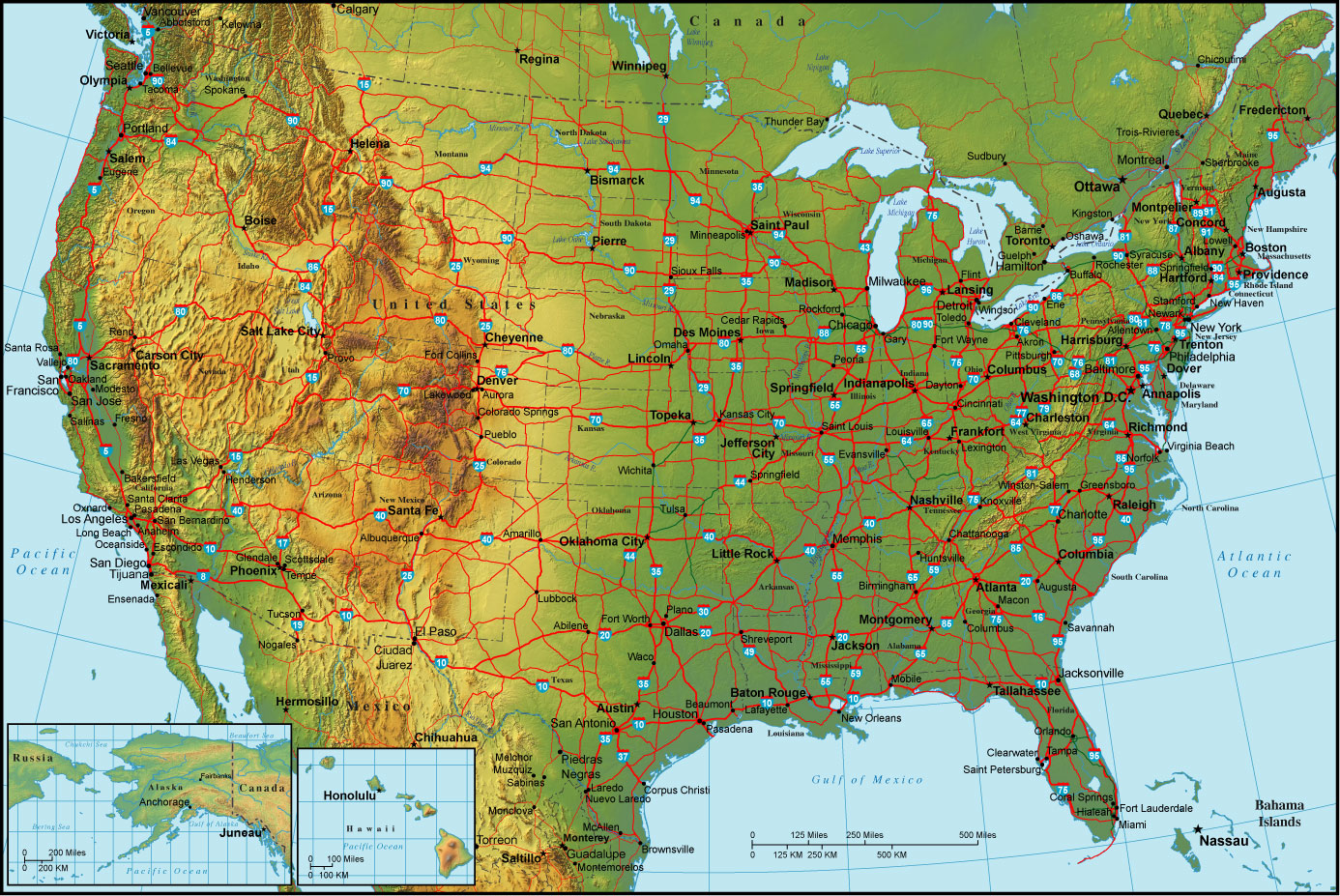- New York City is on the first coast -- the Atlantic -- in the forested northeast quadrant of the nation, east of the Appalachians.
- Los Angeles is on the second coast -- the Pacific -- in the arid southwest quadrant of the nation, west of the Rockies and coastal ranges.
- Houston is on the third coast -- the Gulf of Mexico -- in the south-central part of the nation between the crest of the Appalachians and the Rockies, west of the Mississippi River mouth and basin, in the ecological boundary between the forest and more arid lands.
- Chicago is on the fourth coast -- the Great Lakes (so designated by the U.S. Coast Guard) -- in the north-central part of the nation between the crest of the Appalachians and Rockies, east of the Mississippi River source and basin, in the ecological boundary between the forest and more arid lands.
Tuesday, September 6, 2011
The Elegant Geographic Symmetry of America's Four Largest Cities
Looking at a map of the United States, have you ever noticed the spacing of America's four largest cities? The distribution on our four coasts, and even the ecological symmetry, is striking:
How did such remarkable spacing happen?
Labels:
Appalachian Mountains,
Atlantic,
Chicago,
forest,
geography,
Great Lakes,
Gulf of Mexico,
Houston,
Los Angeles,
Mississippi River,
New York City,
Pacific,
prairie,
Rocky Mountains
Subscribe to:
Comments (Atom)
